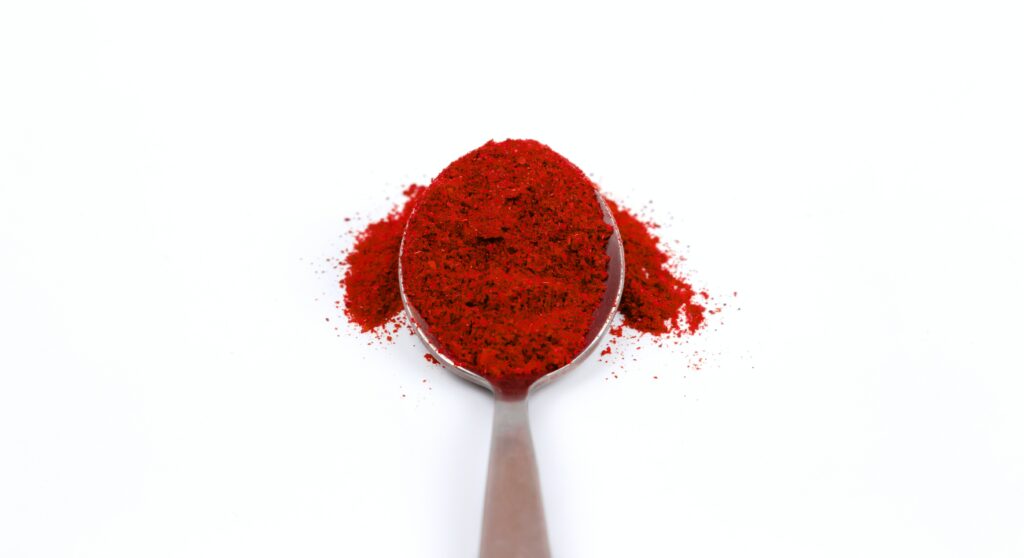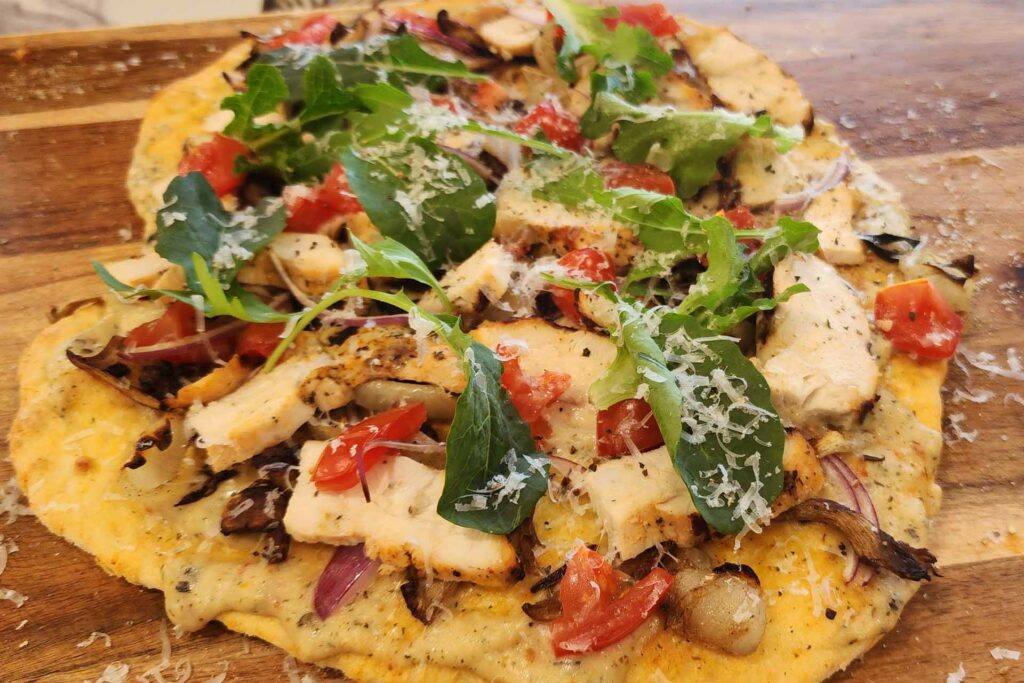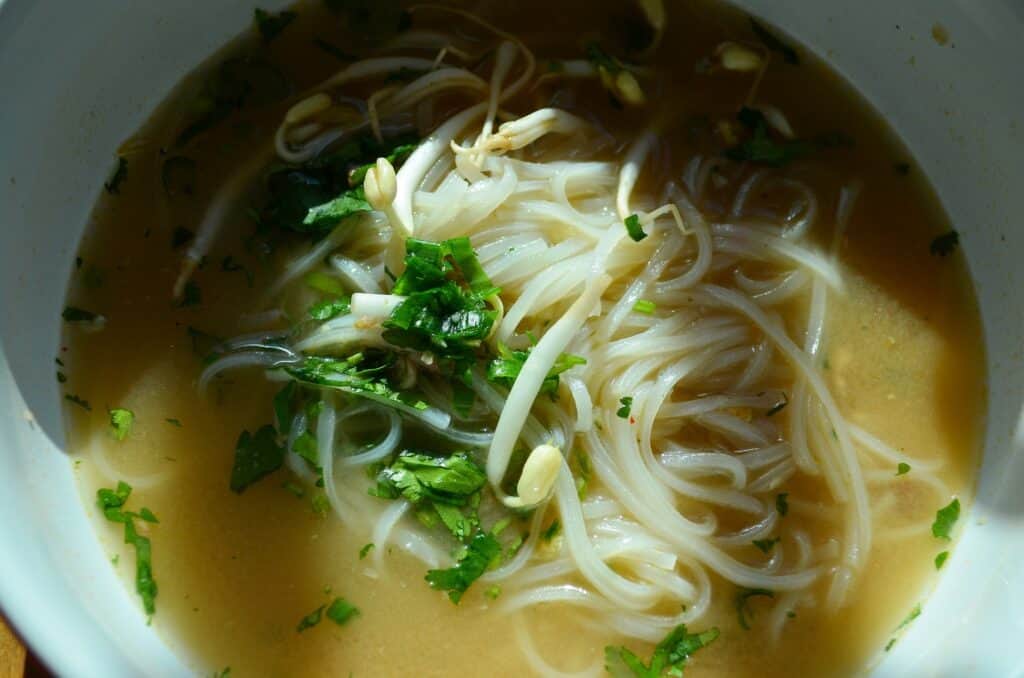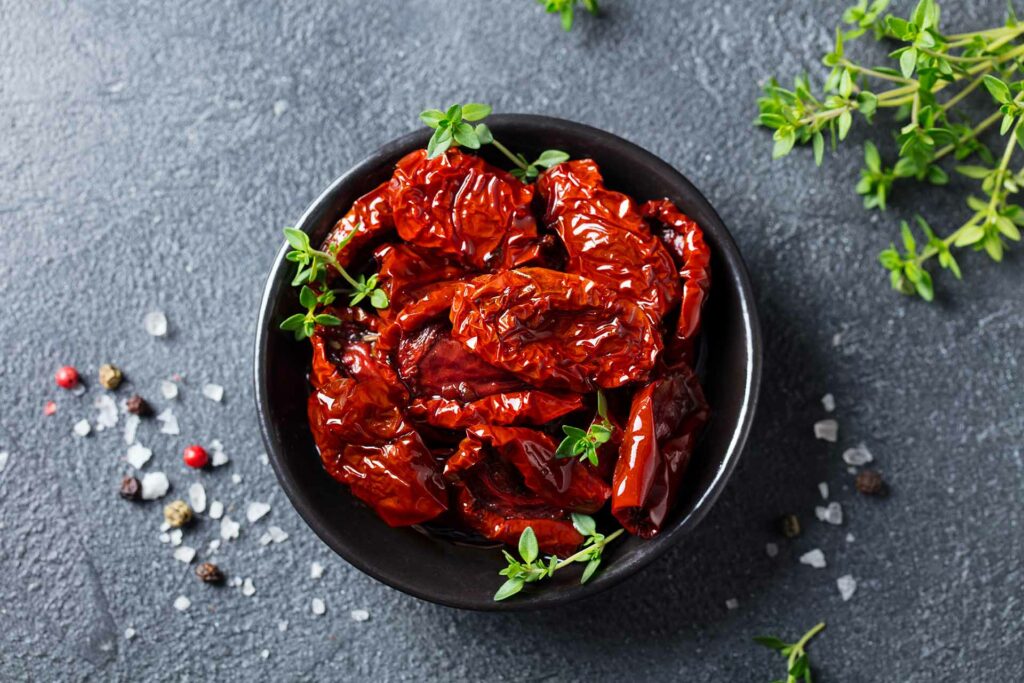Avocados, scientifically known as Persea americana, are a tropical fruit native to Central and South America. They have a unique pear-like shape and are known for their creamy, buttery texture and mild, nutty flavor. Avocados are not only delicious but also packed with essential nutrients, making them a popular choice for health-conscious individuals.
With their growing popularity, it’s important to understand how long avocados last to ensure you enjoy them at their best. The shelf life of avocados can vary depending on various factors, including ripeness, storage conditions, and variety. By understanding these factors, you can make informed decisions about purchasing, storing, and consuming avocados.
Avocado shelf life is influenced by several key factors. Firstly, the ripeness of the avocado at the time of purchase plays a significant role in determining how long it will last. Ripe avocados have a shorter shelf life and should be consumed within a few days. On the other hand, unripe avocados can last for several days to a week before they are ready to be eaten.
Another crucial factor is storage conditions. Avocados are sensitive to temperature, humidity, and exposure to air. Storing avocados at the right temperature can help extend their shelf life and maintain their quality. Refrigeration is often recommended for preserving avocados, but it’s important to know the correct methods to prevent spoilage.
Lastly, the variety of avocado can also impact its shelf life. There are numerous avocado varieties available, each with its own characteristics and shelf life. Some common varieties include Hass, Fuerte, Reed, and Bacon. Understanding the characteristics of different varieties can help you choose the ones that best suit your needs and desired storage duration.
In this comprehensive guide, we will explore the various aspects of avocado shelf life in detail. From determining the freshness of avocados to proper storage techniques and identifying signs of spoilage, we will equip you with the knowledge needed to make the most of your avocados.
So, let’s dive in and unravel the secrets of how long avocados last.
How to Determine the Freshness of Avocados
When it comes to avocados, determining their freshness is crucial for ensuring a delightful culinary experience. Several visual cues can help you determine the freshness of an avocado. The first thing to look for is the color of the avocado’s skin. Ripe avocados typically have a deep, vibrant green color, while unripe avocados tend to be darker and have a more intense shade of green.
Besides color, the texture and touch of an avocado can also provide valuable information about its freshness. Fresh avocados should have a slight give when gently squeezed, indicating that they are ripe and ready to eat. However, be cautious not to apply excessive pressure as it may bruise the fruit. Unripe avocados, on the other hand, will feel firm and may require a few days to ripen properly.
Another aspect to consider is the stem or cap of the avocado. By gently removing the small stem at the top, you can observe the color underneath. If the color is bright and green, it indicates that the avocado is ripe. However, if it appears brown or black, it suggests that the avocado may be overripe and potentially spoiled.
In addition to visual and tactile cues, the smell of an avocado can also provide hints of its freshness. Ripe avocados emit a mild, pleasant aroma, while spoiled avocados may have a rancid or off-putting smell. Take a moment to sniff the avocado near the stem or the area where it was cut to assess its scent.
It’s important to note that the ripeness of an avocado can impact its shelf life. Ripe avocados are best consumed within a few days as they tend to spoil quickly. If you’re not planning to use ripe avocados immediately, it’s better to refrigerate them to extend their freshness. Unripe avocados, on the other hand, can be left at room temperature to ripen naturally before they are ready to be enjoyed.
By mastering the art of determining avocado freshness, you can ensure that you’re selecting the best avocados for your recipes. Whether you’re making guacamole, spreading avocado on toast, or incorporating them into salads, choosing ripe and fresh avocados is the key to enhancing the flavors and enjoying the full potential of this versatile fruit.
Proper Storage Techniques for Extending Avocado’s Lifespan
Proper storage techniques play a crucial role in extending the lifespan of avocados and ensuring they stay fresh for as long as possible. Avocados are sensitive to temperature, humidity, and air exposure, so it’s important to handle them with care to maintain their quality.
Refrigeration is often recommended for preserving avocados. However, it’s crucial to know the correct methods to prevent spoilage. If you have ripe avocados that you’re not planning to use immediately, placing them in the refrigerator can help slow down the ripening process and extend their shelf life. To refrigerate avocados, simply place them in the produce drawer or in a plastic bag to protect them from moisture loss.
On the other hand, if you have unripe avocados that need to ripen before consumption, it’s best to leave them at room temperature. Placing unripe avocados in a paper bag can help expedite the ripening process by trapping the natural ethylene gas they produce. Adding a banana or an apple to the bag can further enhance the ripening process due to the additional ethylene these fruits emit.
When it comes to storing cut avocados, it’s essential to minimize exposure to air, which can cause oxidation and lead to browning. To keep cut avocados fresh, coat the exposed flesh with a thin layer of lemon or lime juice, which helps inhibit browning. Then, tightly wrap the avocado in plastic wrap or place it in an airtight container before refrigerating. It’s important to note that cut avocados have a shorter shelf life and should be consumed within a day or two.
If you find yourself with an abundance of avocados or want to preserve them for an extended period, freezing can be a viable option. Freezing avocados can help extend their shelf life for several months. To freeze avocados, start by cutting them in half, removing the pit, and scooping out the flesh. Mash the avocado or puree it with a bit of lemon or lime juice to prevent browning. Transfer the mashed avocado into airtight freezer-safe containers or sealable freezer bags, ensuring to remove any excess air. Frozen avocados can be used in smoothies, dips, or spreads, but their texture may change slightly after thawing.
By following these proper storage techniques, you can significantly prolong the lifespan of your avocados and reduce unnecessary waste. Whether you’re looking to preserve ripe avocados or ripen unripe ones, understanding the right storage methods is crucial for enjoying avocados at their freshest.
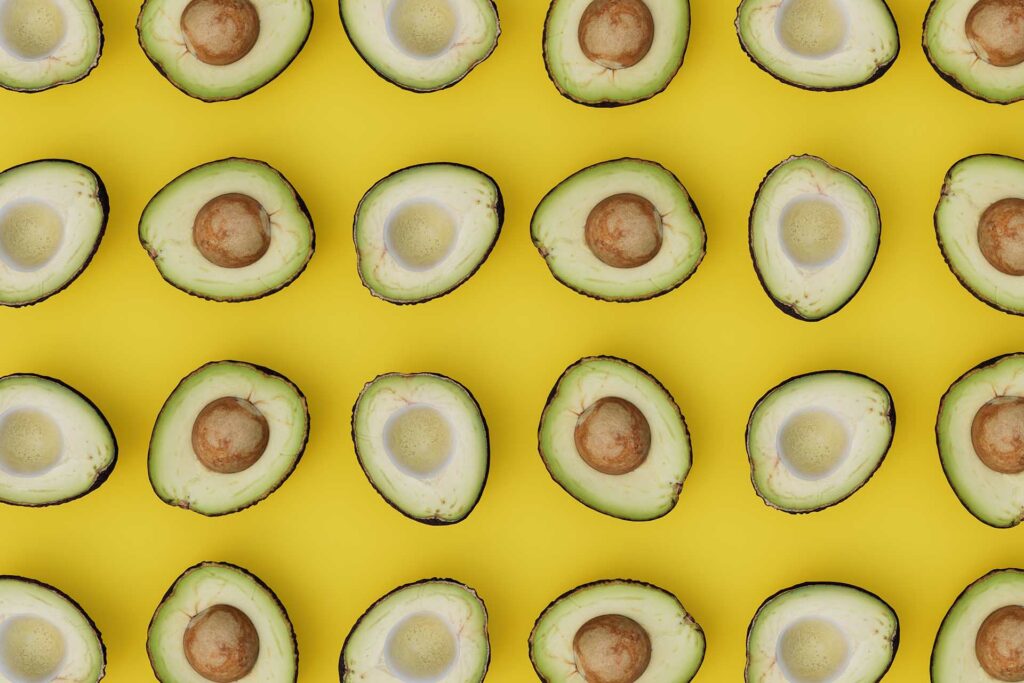
Signs of Spoilage: Identifying Bad Avocados
While avocados are delicious and nutritious, they can spoil if not consumed in a timely manner. It’s essential to be able to identify the signs of spoilage to avoid consuming bad avocados that may lead to foodborne illnesses or an unpleasant dining experience.
One of the most common signs of spoilage in avocados is the presence of mold and fungal growth. Mold can develop on the skin or inside the avocado, and it usually appears as dark spots or fuzzy patches. If you notice any mold on an avocado, it’s best to discard it immediately as consuming moldy food can be harmful to your health.
Another indicator of spoilage is a rancid smell or taste. While ripe avocados have a mild, pleasant aroma, spoiled avocados can emit an off-putting odor. If you notice an unusual smell, it’s a clear indication that the avocado has gone bad. Similarly, if you take a bite and the taste is bitter, sour, or unpleasant, it’s best to spit it out and discard the avocado.
Discoloration and texture changes are also signs that an avocado has spoiled. Fresh avocados have a vibrant green color, but as they spoil, they may turn brown or black. Additionally, the texture of a spoiled avocado may become mushy, slimy, or excessively soft. If the avocado feels overly mushy or slimy to the touch, it’s an indication that it is no longer safe to consume.
It’s important to note that avocados with minor imperfections, such as small brown spots or slight discoloration, are not necessarily spoiled. These imperfections can occur naturally and do not necessarily affect the overall quality or safety of the avocado. However, if the imperfections are extensive, accompanied by a foul smell or taste, or the avocado exhibits multiple signs of spoilage, it’s best to err on the side of caution and discard it.
By being aware of these signs of spoilage, you can ensure that you only consume fresh and safe avocados. It’s essential to inspect avocados before consuming them, particularly if they have been stored for an extended period or have been subjected to unfavorable conditions.
Frequently Asked Questions about Avocado Shelf Life
As we delve into the world of avocado shelf life, it’s natural for questions to arise. To provide you with a comprehensive understanding, let’s address some frequently asked questions about how long avocados last.
- How long do avocados last after cutting? Once an avocado is cut open, its shelf life significantly decreases. However, you can extend the lifespan of a cut avocado by storing it properly. To prevent browning, coat the exposed flesh with lemon or lime juice and tightly wrap it in plastic wrap or place it in an airtight container. Stored this way, cut avocados can last for a day or two in the refrigerator.
- Can you eat avocados past their expiration date? The expiration date on avocados is a guideline for peak freshness. However, avocados can still be consumed past the expiration date if they show no signs of spoilage. It’s important to rely on visual cues, such as color, texture, smell, and taste, to determine their quality. If an avocado appears fresh and does not exhibit any signs of spoilage, it is generally safe to consume even if it has passed the expiration date.
- How to revive slightly spoiled avocados? If you have an avocado that is slightly spoiled, there are a few ways to salvage it. First, carefully trim away the spoiled or discolored portions, ensuring that you remove any moldy areas. Next, sprinkle the avocado with lemon or lime juice to freshen up the flavor and prevent further browning. However, it’s important to note that this method is not foolproof, and the quality of the avocado may still be compromised.
- Do different avocado varieties have different shelf lives? Yes, different avocado varieties can have varying shelf lives. The most common avocado variety, Hass, is known for its excellent shelf life and can last up to a week when stored properly. Other varieties, such as Fuerte, Reed, and Bacon, may have slightly shorter shelf lives. It’s important to familiarize yourself with the specific characteristics of the avocado variety you are working with to ensure optimal storage and consumption.
- How to maximize the shelf life of avocados from the store? To maximize the shelf life of store-bought avocados, it’s important to choose ones that are at the right stage of ripeness. Look for avocados that are firm but yield to gentle pressure when squeezed. Avoid avocados that are overly soft or have any signs of mold or bruising. Once purchased, store them at room temperature until they reach the desired level of ripeness. Then, transfer them to the refrigerator to slow down the ripening process and extend their shelf life.
Final Thoughts
In this comprehensive guide, we have explored the ins and outs of avocado shelf life, equipping you with the knowledge needed to make the most of these delectable fruits. We began by introducing avocados and highlighting their importance in various culinary creations. Understanding how long avocados last is crucial for ensuring their freshness, taste, and nutritional value.
We then delved into the various methods of determining the freshness of avocados. By examining visual cues such as color, texture, and the presence of the stem, we can make informed decisions when selecting avocados at the store or from our own gardens. Additionally, we explored the importance of smell and touch in determining avocado freshness, ensuring that we choose avocados that are at their peak ripeness.
Proper storage techniques play a vital role in extending the lifespan of avocados. We discussed the importance of refrigeration, especially for ripe avocados, and provided guidance on storing both unripe and ripe avocados to maximize their freshness. We also delved into the topic of freezing avocados, offering tips on how to preserve them for long-term storage.
Identifying signs of spoilage is essential for avoiding consumption of bad avocados. By recognizing the presence of mold, rancid smell or taste, and discoloration or texture changes, we can ensure that we only consume fresh and safe avocados, enhancing both our health and dining experience.
Throughout our exploration, we addressed frequently asked questions, clarifying concerns about the shelf life of avocados after cutting, consuming avocados past their expiration date, reviving slightly spoiled avocados, and understanding the shelf life differences among avocado varieties. Armed with this knowledge, you can confidently navigate the world of avocados and make informed choices.
In conclusion, understanding the shelf life of avocados is essential for enjoying them at their peak freshness and minimizing food waste. By following proper storage techniques, recognizing signs of spoilage, and maximizing the lifespan of avocados, you can savor the creamy goodness of this versatile fruit in various dishes.
So, next time you reach for an avocado, remember the tips and insights shared in this comprehensive guide. Enjoy the vibrant green hue, indulge in the creamy texture, and relish the unique flavor knowing that you are making the most of avocados and their shelf life.
Now, we have come to the end of our journey through the world of avocado shelf life. We hope that this guide has provided you with valuable information and empowered you to make the most of your avocados. Happy avocado eating!

